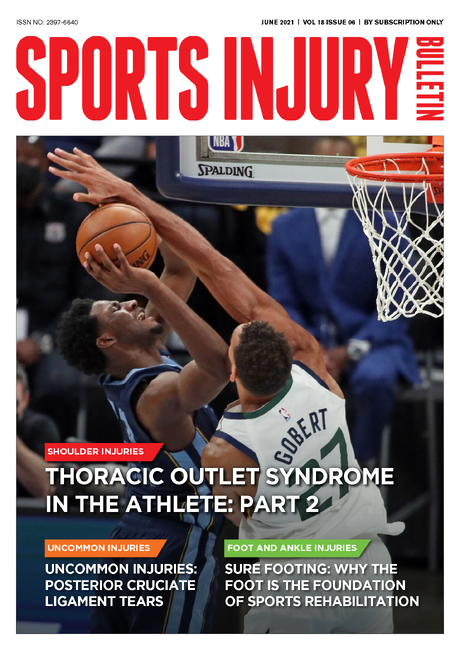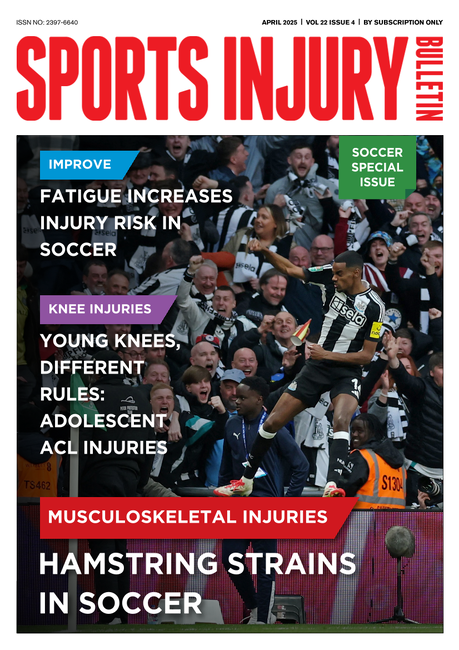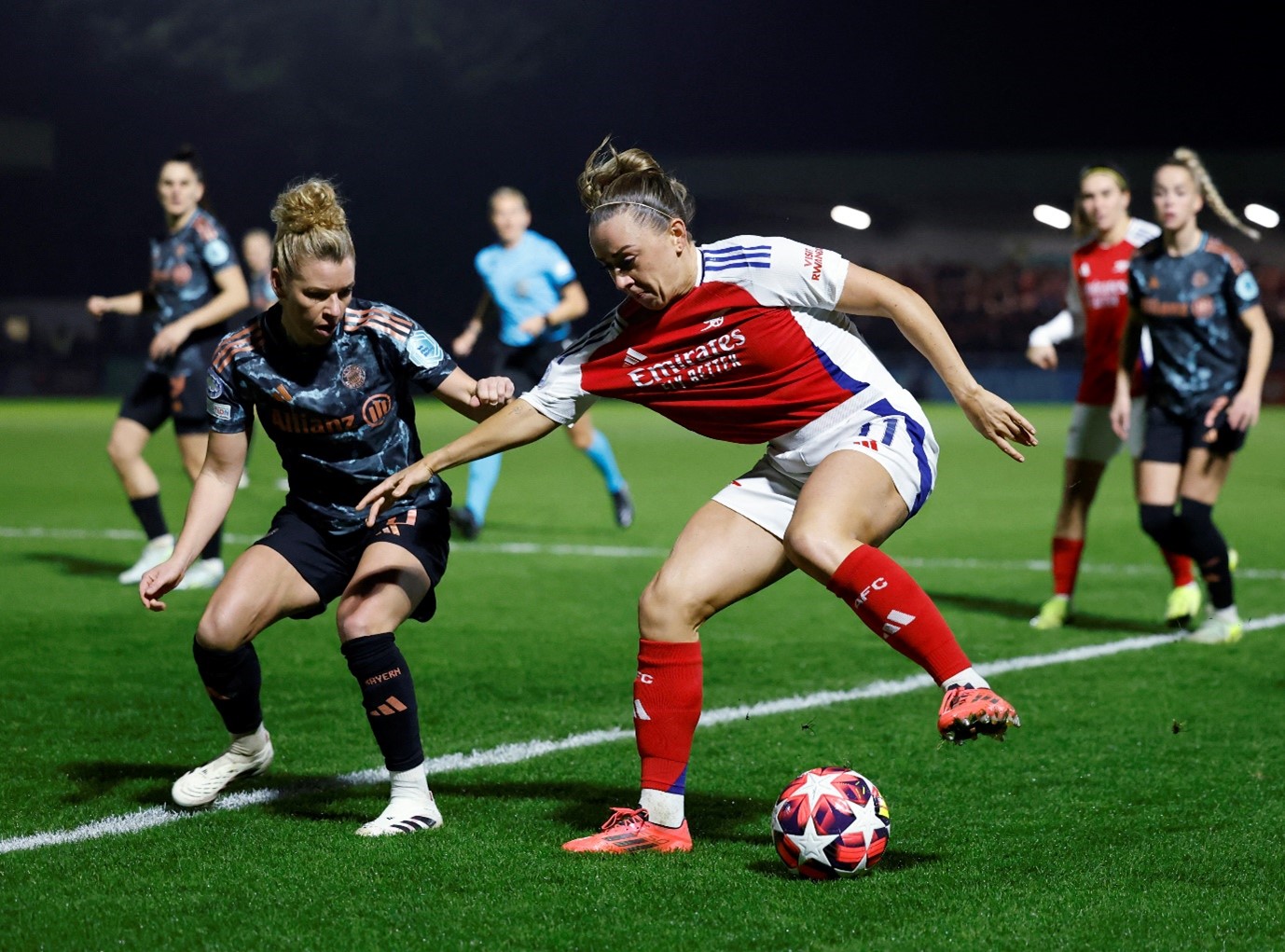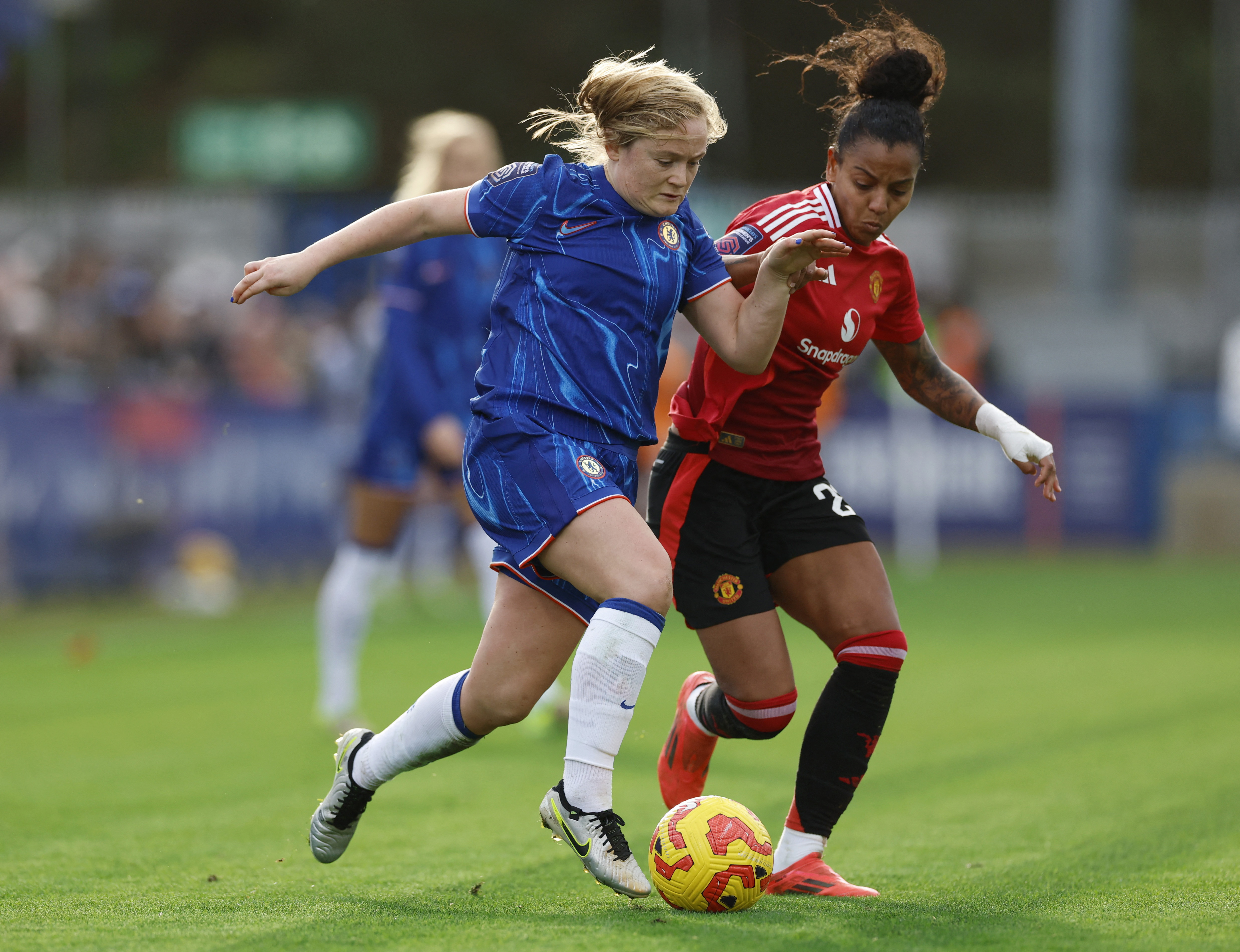Medication in sport: is your client a painkiller junkie?

As an ex-triathlete, researcher and writer, I spend a lot of my spare time searching through the scientific literature on sports health and injury. It was with great interest therefore when I came across a recently-published paper by Czech scientists on the prevalence of non steroidal anti-inflammatory drug (NSAID) use in endurance athletes(1). This study investigated the prevalence of NSAID consumption immediately before, during and immediately after a mountain bike race and compared NSAID consumption in two different MTB competitions and across 131 competitors.
Using standardized questionnaires administered to all the competitors, no less than 10% had consumed NSAID medication at least once during the competition day (immediately before, during or immediately after the race). Of these, half of the competitors had consumed NSAID after the race – presumably to try and reduce the amount of post-exercise muscle soreness following the race. Interestingly, the average age of NSAID users was significantly higher than non users, suggesting that older athletes were more likely to resort to NSAID use. There was no indication what proportion of NSAID use had been prescribed by a medical professional, but the fact that 79% of reports involved the use of Ibuprofen (available over-the-counter), this suggests that a large proportion of athletes were self medicating.
NSAID popularity
While these figures for NSAID use may seem surprisingly high, other recent studies have suggested that NSAID use is even more common in other endurance athletes such as runners, cyclists and triathletes. In one study, researchers looked at NSAID use among 238 participants at the Ultra Mallorca Serra de Tramuntana (Mallorca, Spain) - an ultra-endurance mountain event, with runners participating either in a 112km ultra, a 67km trail, or a 44km marathon competition(2). Among the participants, 48.3% reported taking NSAIDs before, during and/or immediately after the competition, with more medication use found in the ultra runners (60.3%) than for the trail runners (49.2%) or the marathon runners (35.5%). Similar findings for the prevalence of NSAID use have also been found among triathletes(3).Moreover, routine NSAIDs use before and during competition is NOT just the preserve of ‘hardcore’ endurance athletes, such as Ironman triathletes and ultra runners; a recent study looked at NSAID use in recreation triathletes, runners and cyclists, whose training and racing schedules were much more modest(4). Of a sample of 129 of amateur athletes, 88 (68%) reported using NSAIDs in the previous 12 months. Broken down by sports, the percentage figures for NSAID use in the previous year were (see figure 1):
- Triathletes – 84.8%
- Runners - 70.9%
- Cyclists - 52.5%
Figure 1: NSAID use in triathletes, runners and cyclists

Dark red = NSAID use; Pink = no NSAID use
Overall, ibuprofen was the most popular drug, but more worryingly (and supporting the notion that many athletes are routinely self medicating), it was evident that there was a lack of knowledge of adverse drug reactions, with only 26% of use advised by a doctor or pharmacist. In yet another study – this time of 76,654 half-marathon and marathon runners published earlier this month – no less than 12.2% reported regularly using analgesic/anti-inflammatory medication before or during races(5).
Painkillers and performance
As a clinician, you might be wondering why your clients might be routinely using unprescribed pain medication? The consensus is that these athletes fall into two distinct but overlapping categories:- Performance enhancing: where analgesics such as paracetamol might intrinsically actually enhance exercise performance.
- Pain-relieving: where exercise performance that would otherwise be impaired by pain is improved or (in severe cases) able to continue at all.
Paracetamol use
Paracetamol is effective at helping to lower the body’s core temperature, which has led some researchers to speculate that exercise performance in the heat may be enhanced. However, there’s no solid evidence to support this; one study on cycling performance in the heat did find performance benefits from a pre-exercise dose of paracetamol(6), whereas a study on hot weather running performance found no such benefits(7).Another possible mechanism of painkillers such as paracetamol is by action on the central nervous system. By suppressing pain and discomfort, they may allow athletes to work nearer to their physiological limits for longer, thereby enhancing performance. The evidence for this effect is a little stronger; a study on sprint cycling found that the ingestion of 1.5 grams of paracetamol prior to three sets of 8 x 30-second sprints resulted in a significantly greater mean power output, especially during sprints 6, 7 and 8(8). Similarly, a study on subjects who were asked to perform repeated maximal knee extension exercises found that ingesting 1 gram of paracetamol one hour beforehand resulted in greater average force generation, especially in the later stages of the test when fatigue was setting in(9).
Not all painkillers are equal
While there’s some evidence that pre-exercise paracetamol might help improve maximal exercise performance by its action on the central nervous system, there’s no such evidence for the benefits of ibuprofen, which possesses a different mode of action. In a recent study, researchers investigated whether pre-exercise ibuprofen (400mg) could enhance maximal exercise performance(10). Using a similar protocol as in the knee extension study above (but with an additional maximal cycling test) the results showed that there were absolutely no performance benefits of pre-exercise ibuprofen; the average power/force generated in the knee extension exercises and the cycling test was similar, and in both tests, neuromuscular fatigue declined at a similar rate.The downsides of analgesics
As clinicians, it’s important to be aware of the (considerable) downsides of chronic and/or self-prescribed analgesic use. A landmark study investigated the use of over-the-counter analgesics in marathon runners, and the relation between analgesic use, dosage and any adverse events during and after the 2010 Bonn marathon(11). Nearly four thousand runners participated and the results were as follows:- *There was no significant difference between the premature race withdrawal rate in the analgesics cohort and the cohort who did not take analgesics ('controls').
- *Despite this, withdrawal because of an adverse gastrointestinal event was almost 5-times higher in the analgesic group!
- *The likelihood of an adverse event in the runners increased significantly with increasing analgesic dose.
- *Nine respondents reported temporary hospital admittance: three for temporary kidney failure (post-ibuprofen ingestion), four with bleeds (post-aspirin ingestion) and two cardiac infarctions (post-aspirin ingestion). None of the controls reported hospital admittance.
The researchers concluded that:
“The use of analgesics before participating in endurance sport may cause many potentially serious, unwanted adverse events, which increase with increasing analgesic dose”
and that:
“Analgesic use before endurance sports appears to pose an unrecognised medical problem.”
Another study looked at the aggravation of exercise-induced intestinal injury by ibuprofen in athletes(12). In this study, researchers investigated oral ibuprofen administration before exercise on gastrointestinal integrity and barrier function in healthy individuals. Nine healthy, trained men were studied on four different occasions:
1) 400 mg ibuprofen taken before cycling,
2) Cycling without ibuprofen
3) 400 mg ibuprofen taken at rest
4) Rest without ibuprofen
The results showed that both ibuprofen consumption and cycling separately resulted in an increase in small intestinal injury. However, the combination of ibuprofen taken prior to cycling resulted in levels of injury significantly higher than any of the other conditions.
A further study looked at ibuprofen (400mgs taken every four hours) use in 89 participants during a 50-mile ultramarathon footrace(13). Ultra-endurance events are known to increase the risk of acute kidney injury (see figure 2). The results showed that not only did the ibuprofen users experience a greater incidence of acute kidney injury, they also experienced a greater severity of symptoms when it did occur. Echoing some of the sentiments above, these researchers concluded that:
“Consideration should be taken before ingesting NSAIDs during endurance running as they could exacerbate kidney injury.”
Figure 2: Acute kidney injury

Training adaptation
Old habits die hard so persuading your athletes not to self-medicate with analgesics on the grounds of health may be something of an uphill battle! But there is an even more powerful argument you can deploy against the routine pre or in-exercise use of analgesics such as paracetamol and ibuprofen; and that’s because taken regularly, they may blunt training adaptation.In a recently published study, scientists looked at the acute and chronic use of these drugs in relation to exercise performance and the development of long-term training adaptations(14). Anti-inflammatory drugs such as ibuprofen, and painkillers such as paracetamol are known to affect tissue protein turnover. Moreover, they also dampen down key enzymes in the body involved with producing inflammation – in particular the ‘cyclooxygenase (COX) enzymes.
While excessive inflammation is bad, some inflammation is good, being an essential part of remodelling muscle tissue and training adaptation. Excessively dampening down this process could therefore inhibit training adaptation. As the researchers report, these types of painkillers HAVE been reported to interfere with muscle growth and strength gains in response to chronic resistance training in young individuals. In a nutshell, if your athletes regularly use painkillers such as ibuprofen and paracetamol, they may not be deriving the full benefits of a training programme as their bodies may fail to properly adapt to the training stimuli applied.
Giving advice
How can clinicians best advise their clients about the pitfalls of chronic and self medicated analgesic use? A major challenge is that (by definition) many self-medicating athletes are not routinely in contact with a physio or clinician in the first place! Whereas you well understand that pain may indicate a condition that requires complete rest, a course of physiotherapy or further investigation, some athletes may simply train through pain while using painkillers without consulting a clinician/physio, which can make some conditions much more problematical in the longer term.A preventative approach emphasising education is more likely to be effective. Talk frequently, or hand out information sheets to your athletes about the risks of self-prescribed painkillers, and hammer home the point that they should ALWAYS seek prior advice from a doctor or physiotherapist on the best type of pain medication, the dosage and the timescale over which it can be used.
Make it clear that the performance-enhancing effects of analgesics are far from clear and come with big downsides, and that there are far better and safer supplements such as caffeine! Explain too that the regular use of painkillers during training may blunt training adaptation and reduce performance in the longer term. Make them aware also that the use of medication where there is no medical need and solely to enhance performance amounts to nothing more than doping – ie cheating! Finally, if you have older athletes in your care who suffer from chronic post-exercise soreness, advise them to consider using natural anti-inflammatory foods such as turmeric (curcumin) and tart cherry juice (see this article).
References
- Front Physiol. 2018 Sep 10;9:1272. doi: 10.3389/fphys.2018.01272. eCollection 2018
- Sports (Basel). 2017 Jan 29;5(1). pii: E11. doi: 10.3390/sports5010011
- Br J Sports Med. 2011 Feb;45(2):85-90
- Int J Pharm Pract. 2018 Jul 18. doi: 10.1111/ijpp.12469
- Clin J Sport Med. 2018 Sep;28(5):427-434
- Exp Physiol. 2014 Jan;99(1):164-71
- Int J Physiol Pathophysiol Pharmacol. 2013 Sep 10;5(3):190-3
- Eur J Appl Physiol. 2014 Jan;114(1):41-8
- Eur J Appl Physiol. 2018 Mar;118(3):595-605
- Appl Physiol Nutr Metab. 2018 Aug 10. doi: 10.1139/apnm-2018-0432
- BMJ Open. 2013 Apr 19;3(4). pii: e002090
- Med Sci Sports Exerc. 2012 Dec;44(12):2257-62
- Emerg Med J. 2017 Oct;34(10):637-642
- Scand J Med Sci Sports. 2018 Aug 13. doi: 10.1111/sms.13275
You need to be logged in to continue reading.
Please register for limited access or take a 30-day risk-free trial of Sports Injury Bulletin to experience the full benefits of a subscription. TAKE A RISK-FREE TRIAL
TAKE A RISK-FREE TRIAL
Newsletter Sign Up
Subscriber Testimonials
Dr. Alexandra Fandetti-Robin, Back & Body Chiropractic
Elspeth Cowell MSCh DpodM SRCh HCPC reg
William Hunter, Nuffield Health
Newsletter Sign Up
Coaches Testimonials
Dr. Alexandra Fandetti-Robin, Back & Body Chiropractic
Elspeth Cowell MSCh DpodM SRCh HCPC reg
William Hunter, Nuffield Health
Be at the leading edge of sports injury management
Our international team of qualified experts (see above) spend hours poring over scores of technical journals and medical papers that even the most interested professionals don't have time to read.
For 17 years, we've helped hard-working physiotherapists and sports professionals like you, overwhelmed by the vast amount of new research, bring science to their treatment. Sports Injury Bulletin is the ideal resource for practitioners too busy to cull through all the monthly journals to find meaningful and applicable studies.
*includes 3 coaching manuals
Get Inspired
All the latest techniques and approaches
Sports Injury Bulletin brings together a worldwide panel of experts – including physiotherapists, doctors, researchers and sports scientists. Together we deliver everything you need to help your clients avoid – or recover as quickly as possible from – injuries.
We strip away the scientific jargon and deliver you easy-to-follow training exercises, nutrition tips, psychological strategies and recovery programmes and exercises in plain English.










